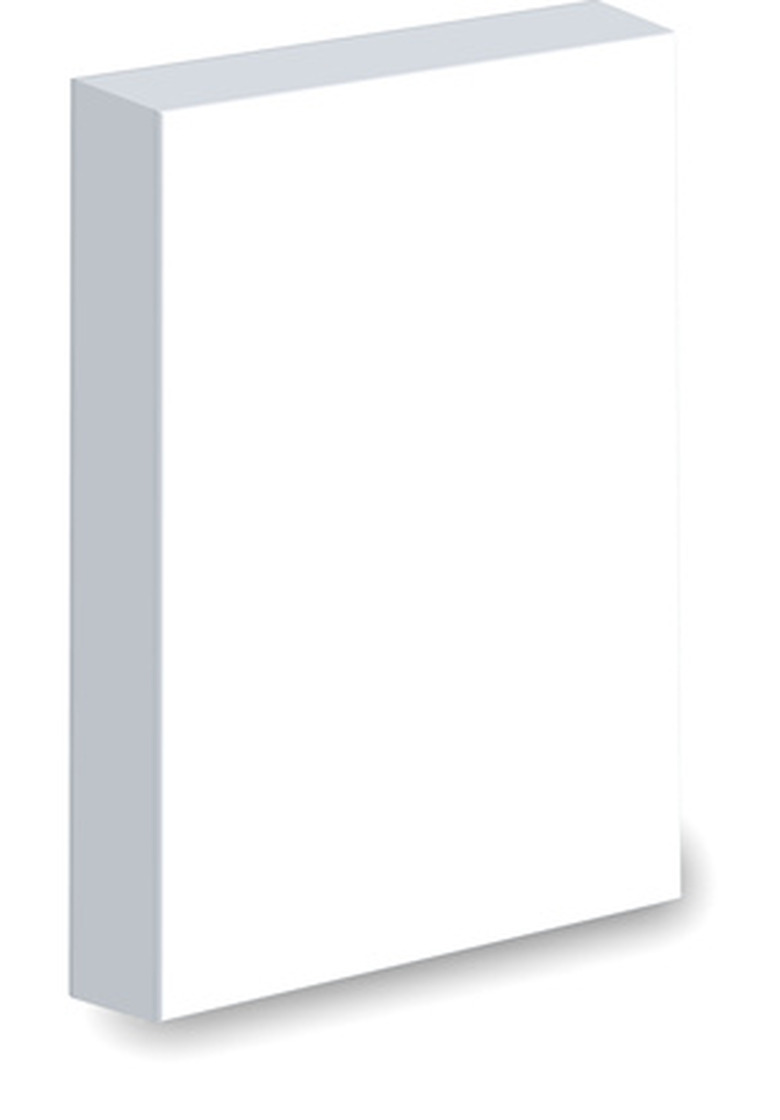What Are Some Ideas For 3D Math Projects?
Give your math students a tactile treat by engaging them in a 3D math project. When learning the practical math subject of geometry, students are commonly told about three-dimensional shapes and figures. These hypothetical shapes can be challenging for students to wrap their heads around. By engaging students in the creation of physical representations of these shapes, teachers can increase the understanding and add excitement to the study of math.
Surface Area Box
Surface Area Box
Bring the concept of surface area to life for your students by engaging them in the creation of a surface area box. Begin the activity by giving each student a sheet of paper, ruler, pencil, scissors and tape.
Ask your students to draw an 8-inch line across the center of their paper. Instruct them to measure down 2 inches from the first line, and draw a second 8-inch line. Tell students to draw vertical lines connecting the two horizontal lines at the beginning and end of each line, then add three vertical lines dividing the created rectangle into four 2-inch by 2-inch boxes. Instruct students to finish creating their box templates by placing two 2-inch by 2-inch boxes extending off of the second square to the left. Once finished, students should have a geometric design that resembles a T.
After students have completed their measurements, ask them to cut out the figure and fold it to create a box, then secure the seams with tape. Ask your students to use the ruler and their knowledge of how surface area is determined to figure the surface area of the boxes that they created.
Pyramid-Making Challenge
Pyramid-Making Challenge
Encourage students to use their creativity with a pyramid-making challenge. Prior to this activity, gather an array of pictures of pyramids, and hang them around the room. When students come into class, give them each paper, scissors, tape, protractor, a ruler and a pencil.
Divide your students into teams of two, and ask each team to review the provided pyramid pictures and use their provided supplies to create a paper replica of one of these impressive structures. As students work together to devise a means by which to recreate the pyramid, they will develop a better understanding of triangles and pyramid structures.
After all groups have created their pyramids, place the pyramids on a table in the front of the room, and allow the student to vote for the pyramid that they think most successfully emulates the Egyptian classics.
Origami Extra Credit
Origami Extra Credit
Allow students to extend their understanding of 3D structures by providing them with an origami extra credit opportunity. Discuss the ancient art of origami with your students. Tell them that if they obtain an origami pattern and create the folded shape, they can earn extra credit. Throughout the quarter students will put their skills to the test as they work to craft origami shapes to impress you and their classmates.
Cite This Article
MLA
Schreiner, Erin. "What Are Some Ideas For 3D Math Projects?" sciencing.com, https://www.sciencing.com/what-are-some-ideas-for-3d-math-projects-12744747/. 15 June 2010.
APA
Schreiner, Erin. (2010, June 15). What Are Some Ideas For 3D Math Projects?. sciencing.com. Retrieved from https://www.sciencing.com/what-are-some-ideas-for-3d-math-projects-12744747/
Chicago
Schreiner, Erin. What Are Some Ideas For 3D Math Projects? last modified August 30, 2022. https://www.sciencing.com/what-are-some-ideas-for-3d-math-projects-12744747/
